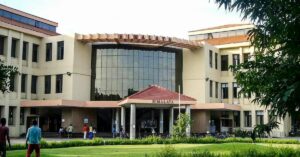India’s First Hybrid 14-Lane Highway Inaugurated: 8 Remarkable Facts
The Delhi-Meerut expressway with multiple lanes, is all set to cut down travel time significantly.
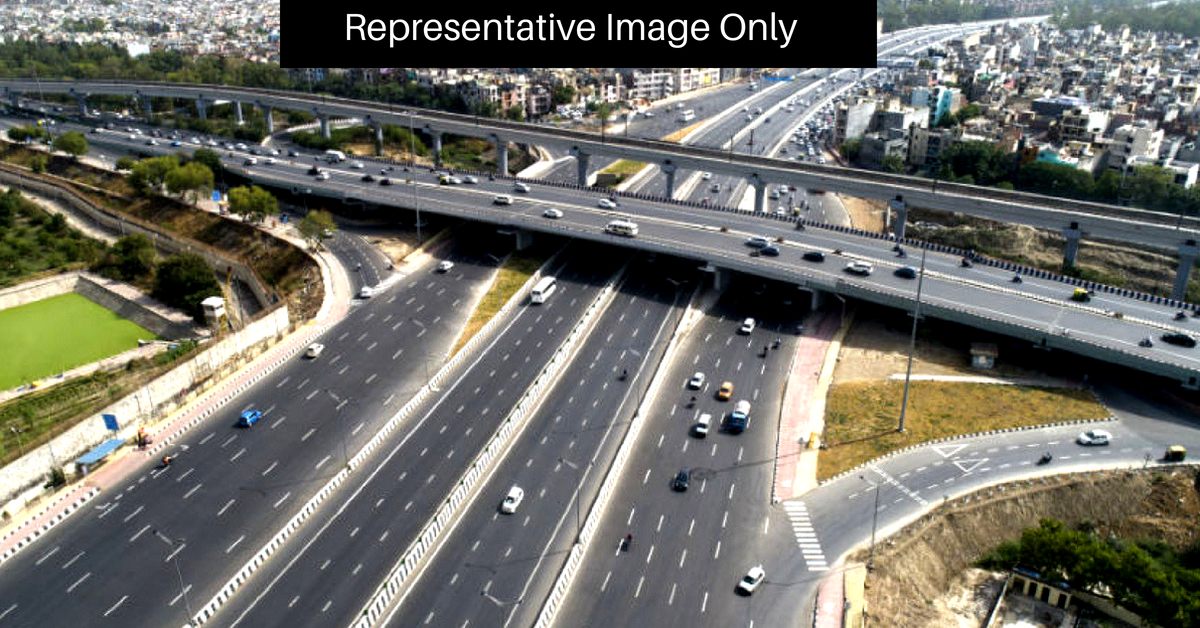
The Delhi-Meerut Expressway is a 14-lane national highway, which has been partially thrown open to commuters, by India’s Prime Minister, Narendra Modi. NDTV reported that the expressway cost more than Rs 7,500 crores. Promising to cut travel time between Delhi and Meerut, it is an engineering marvel indeed.
Here are eight interesting facts to know about it:
1. This expressway will be the first with a dedicated 2.5 metre-wide cycle track on either side. One such dedicated 28 km long track will be between Delhi and Dasna.
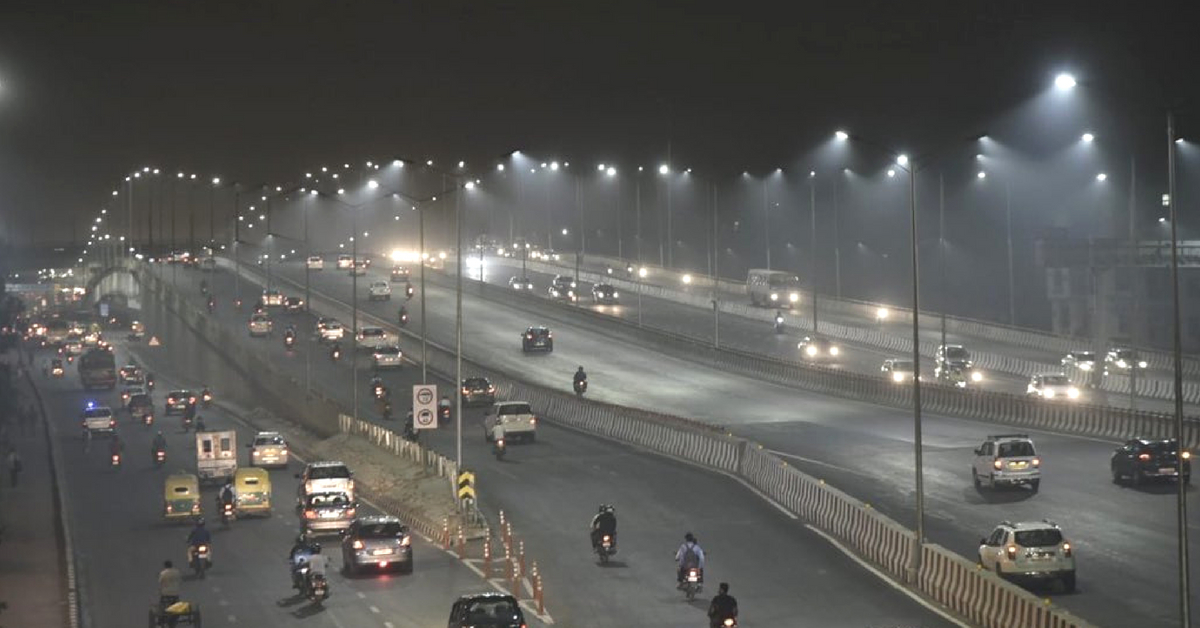
2. The Delhi-Meerut Expressway will help decongest traffic in the National Capital Region. The project aims to provide faster and safer connectivity, between Delhi and Meerut, Uttar Pradesh and Uttarakhand.
3. Of its total length of 82 km, the first 27.74 kms will be 14-laned, while the rest will be a 6-lane highway. The Delhi-Meerut expressway will have eleven flyovers/interchanges, five major and 24 minor bridges, three rail over-bridges, 36 vehicular and 14 pedestrian underpasses, and an elevated section of 5.91 kms.
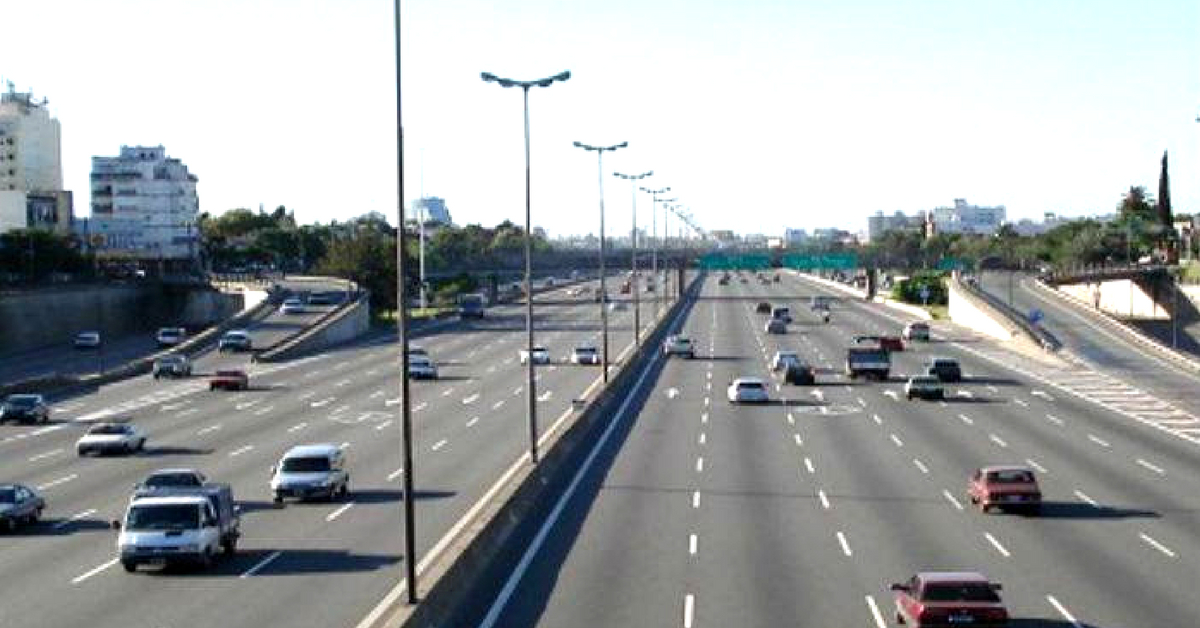
4. The Expressway will sport vertical gardens–aimed at reducing pollution. Drip irrigation systems will water the plants on the expressway. A vertical garden has been made at the Yamuna Bridge, as a first. It also harvests rain-water.
5. It is a 100% access-controlled, signal-free national highway. It is smart and green, relying on solar power, and has been aimed to be sustainable in the long-run by reducing fuel and pollution.
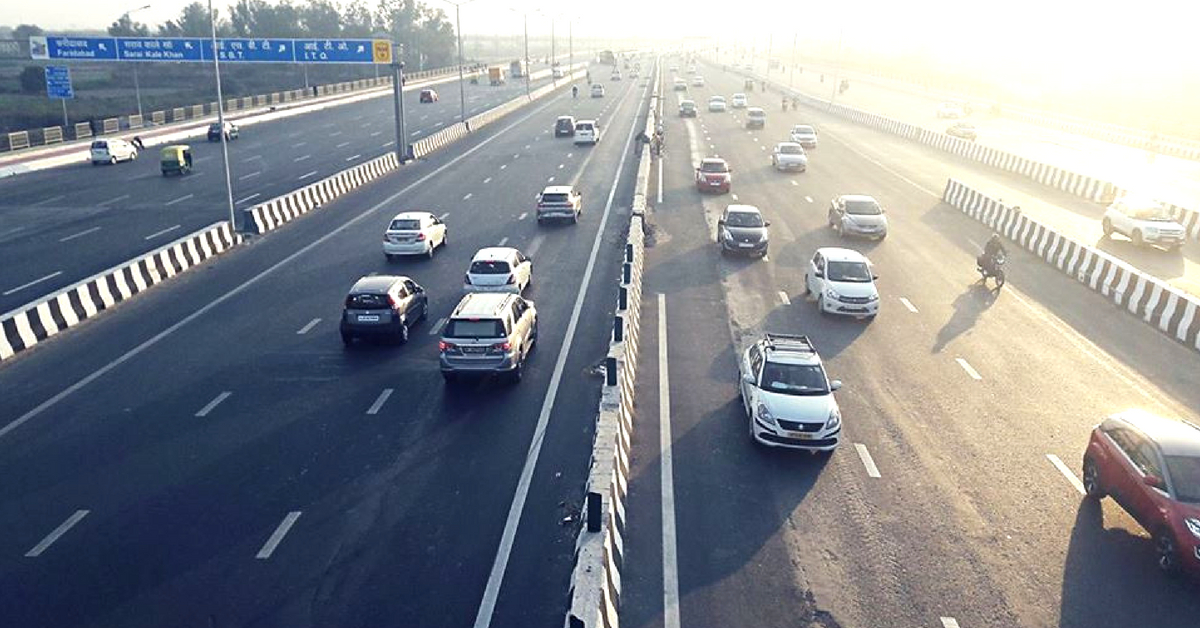
6. The original estimate of project completion was 30 months, but the construction was completed in 18 months–almost a year ahead of schedule.
7. Currently, it takes around 2.5 hours, to travel from Delhi to Meerut. Now, thanks to this expressway, that time will be reduced to 40 minutes. The expressway will do away with 31 signals that used to be on the Delhi-Meerut road.
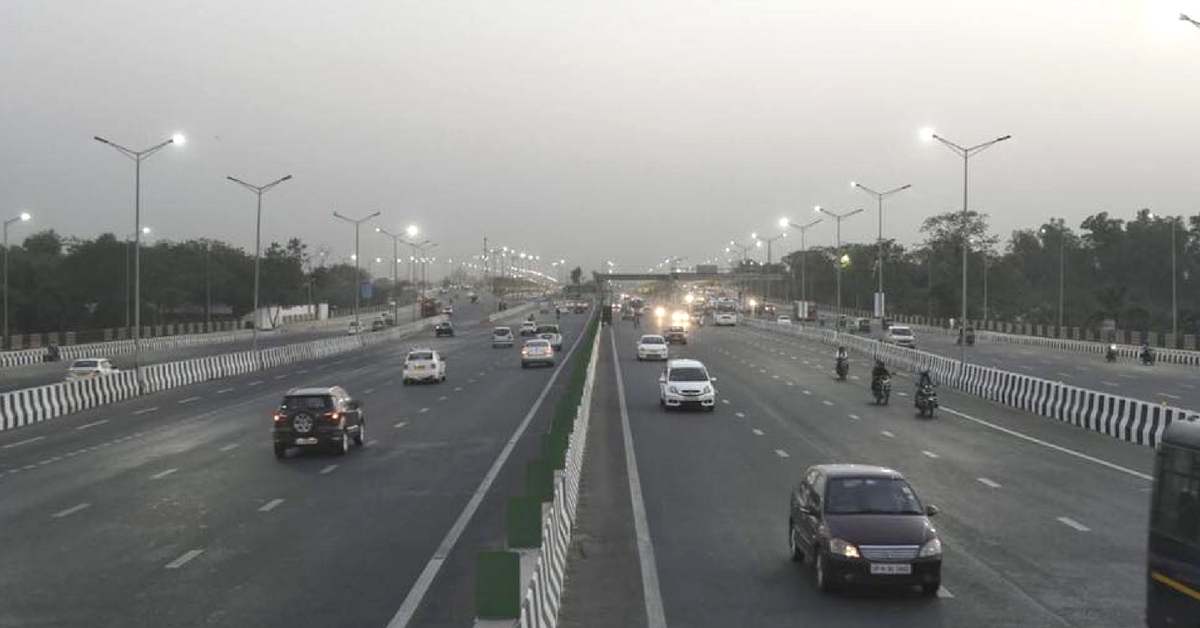
8. The expressway is “smart”, as it has an intelligent traffic management system (HTMS), and video incident detection system (VIDS), and a closed tolling system, which collects toll amounts based on distance travelled, and not on the entire length of the expressway. Other safety features include Variable Message Signs, Weigh-in-Motion, Pavement Management Systems, Fiber Optic Network, warning devices, and real-time incident management.
You may also like: 5 Reasons to Be Excited About the Proposed Chennai-Bengaluru Expressway
Additionally, due consideration has been given to the aesthetic appeal of the expressway. It features water fountains and artists have been commissioned to paint the underpass walls as well.
Technological advanced and constructed with futuristic thought, the expressway is sure to enhance the experience of highway travel in India.
Featured image credit:- Manjinder Sirsa.
(Edited by Shruti Singhal)
Like this story? Or have something to share? Write to us: [email protected], or connect with us on Facebook and Twitter.
NEW: Click here to get positive news on WhatsApp!
This story made me
- 97
- 121
- 89
- 167
Tell Us More
We bring stories straight from the heart of India, to inspire millions and create a wave of impact. Our positive movement is growing bigger everyday, and we would love for you to join it.
Please contribute whatever you can, every little penny helps our team in bringing you more stories that support dreams and spread hope.






